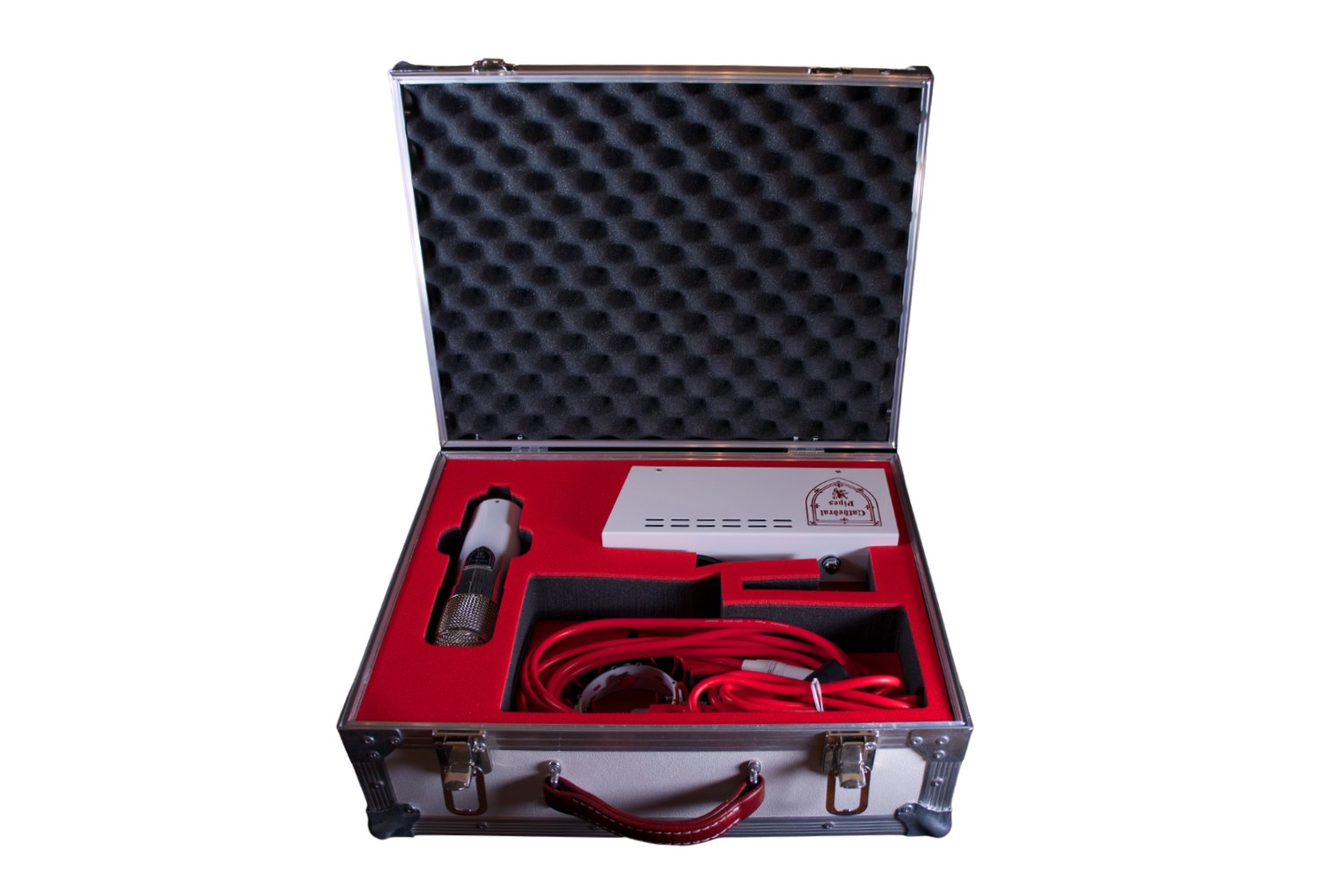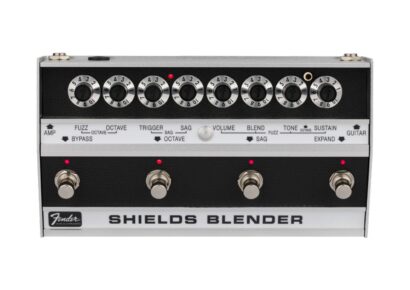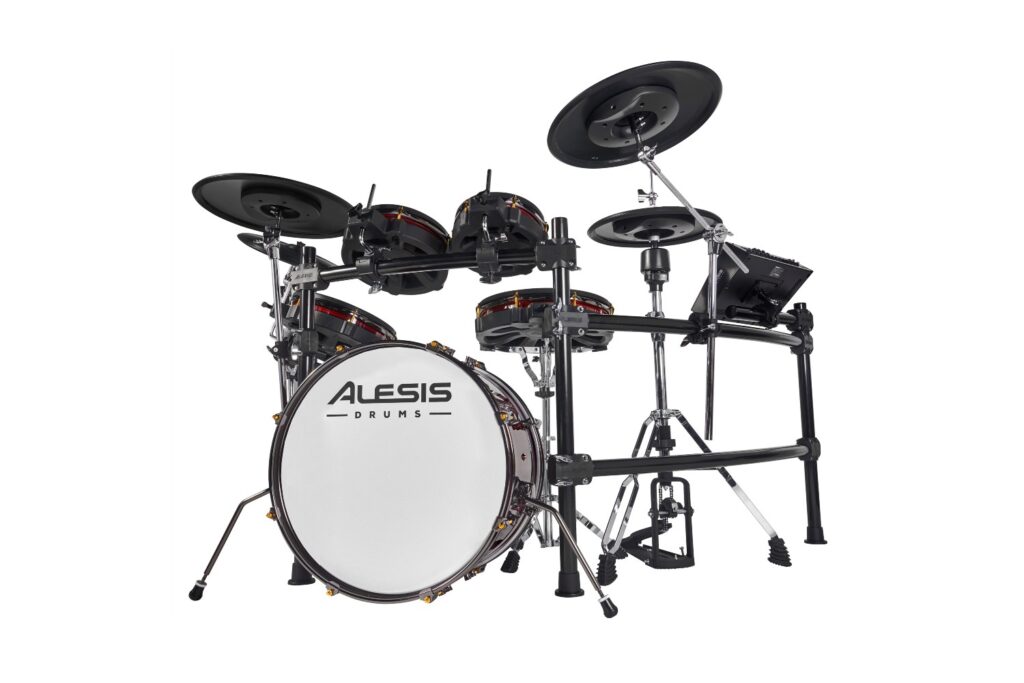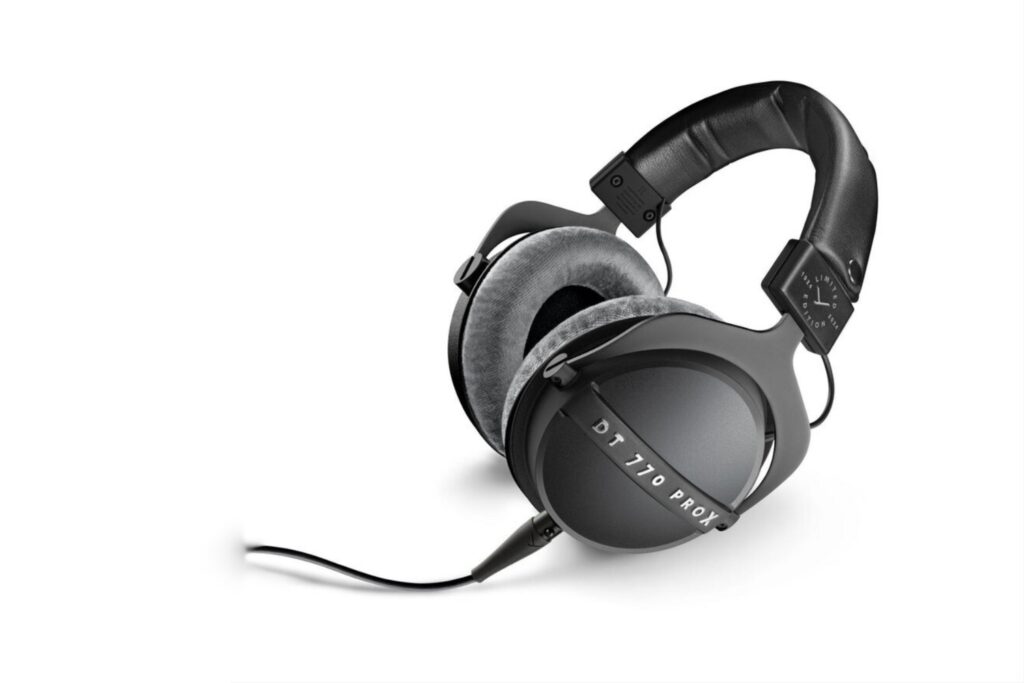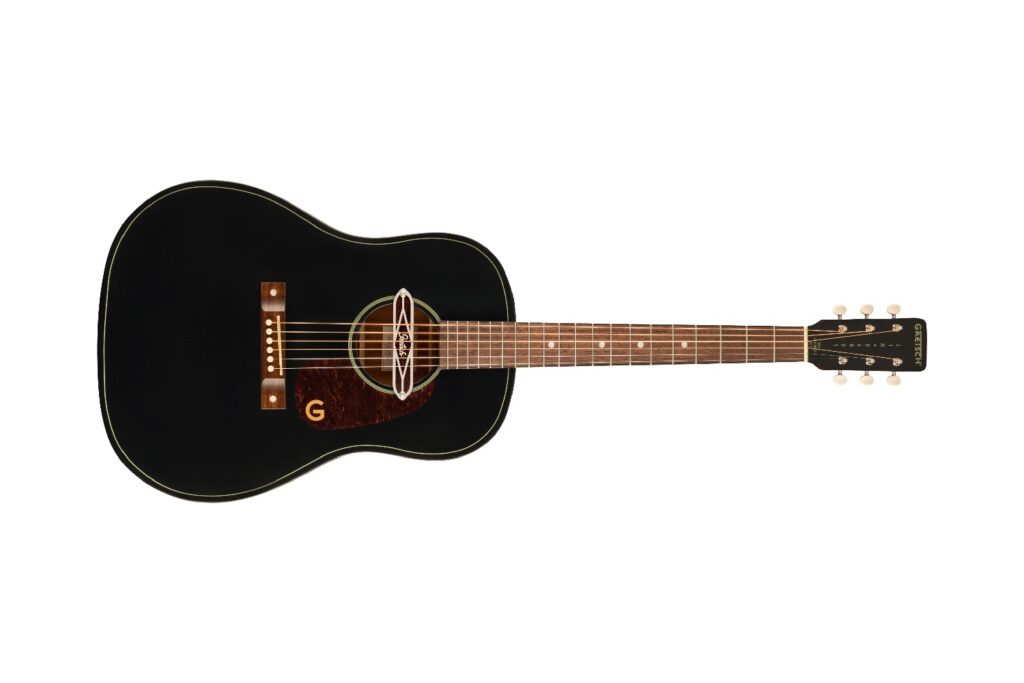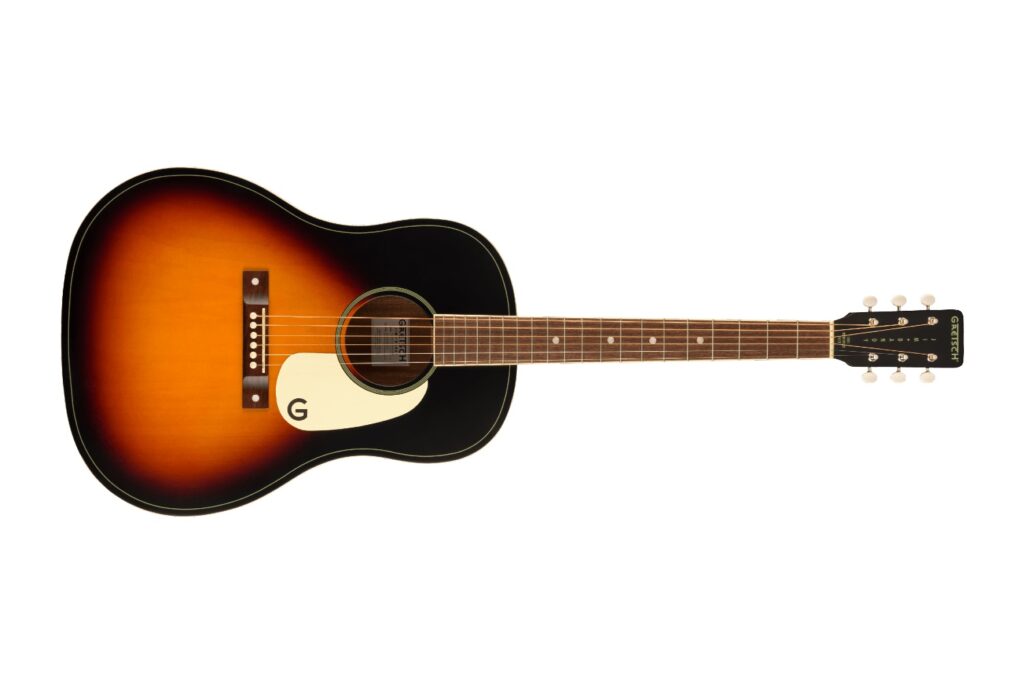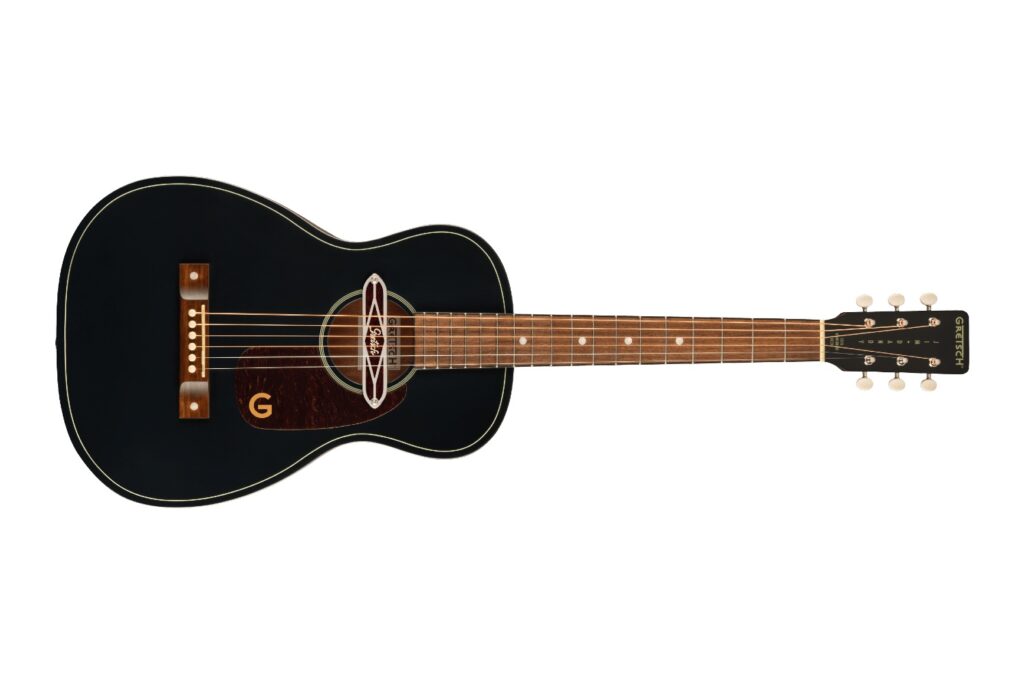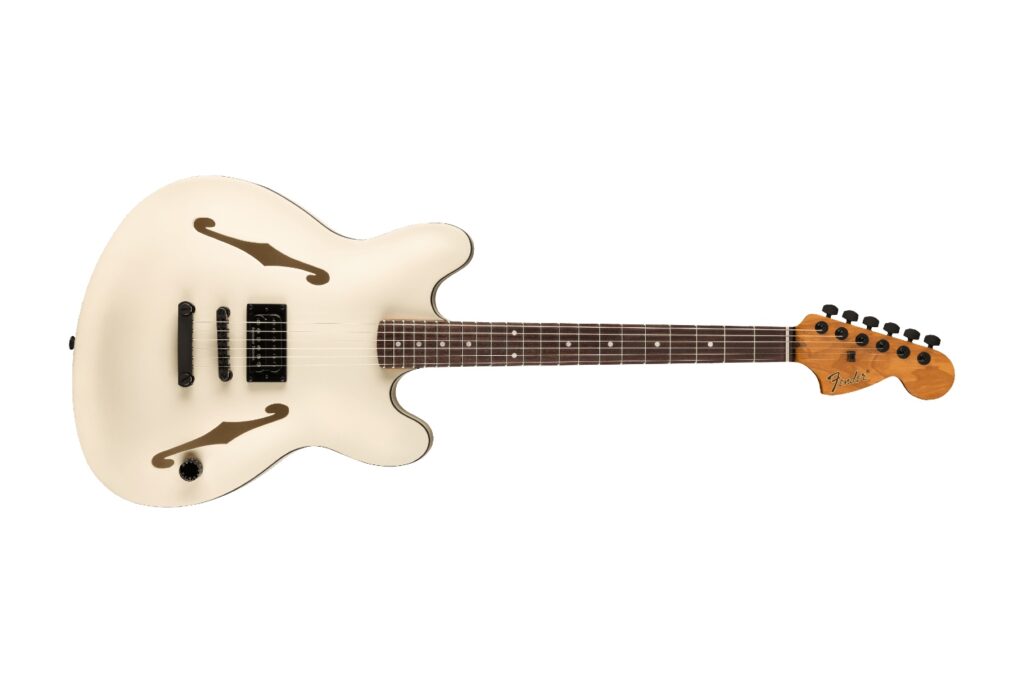Notre Dame Vintage Tube Microphone | Cathedral Pipes | enquire for pricing
There’s a few studio microphone designs that’ll find a home on just about every session. A handful of dynamics come in handy, while ribbons are nice when you need a source to fold into the background of a mix, while a nice condenser can be reserved for integral sources like a lead vocal or solo instrument. One great option for this condenser is a Cathedral Pipes Notre Dame Vintage Tube Condenser, Cathedral Pipes’ own take on the famous ‘47’ design. Building on their Regensburg Dom Vintage Tube Microphone, the Notre Dame features a larger body, an “U47 exact replica body” that allows for a large Jensen output capacitor inside the body.
Read more gear reviews here.
The Notre Dame Vintage Tube Studio Microphone is a condenser, with variable polar pattern, adjustable via the (very cool looking) power supply and polar pattern adjusting knob. You can toggle between omni, cardioid and figure-of-eight patterns, and anything in between. The power supply is switched on and off with a switch covered by a doomsday-esque plastic cap, that looks cool as well as serving the obvious function of preventing the mic being powered on or off accidentally. The Notre Dame features Cathedral Pipes’s own M7 capsule, hand made by Cathedral Pipes, as well as the aforementioned Jensen output capacitor, serving its role alongside a Cinemag CM-2461NiCo output transformer.
The star of the show is the Hamburg Germany (Valvo/Phillips) PF86 NOS (new old stock) tube, serving to power the microphone’s internal electronics with a little of the extra oomph, life and clarity that tubes offer. Arriving alongside the mic, the Notre Dame is secured by a custom-made shock-mount by Rycote, a custom made red cable and a custom-colour flight case from G.O.M.C. Not content with the whole package having a uniquely sleek look, the mic basket also lights up when powered on.
In use, the Notre Dame is easy to set up and I quickly had a good sound. Adjusting the knob that affects polar-pattern allows blending more or less room sound, while also reducing bleed from the sides of the mic with the figure-of-eight option. The sound of the microphone is clear and forward, the source material appearing to crystallise in the stereo space with depth and clarity. There’s a ‘3D’ feeling to the mic’s sound, bolstering whatever you place it in front of, making it the perfect match for an important element like a vocal or lead instrument, the subtle grit of the tube’s response saturating ever so slightly. The PF86 tube augments and refines sounds that pass through it, allowing the sound of the mic itself to shine through, and in turn providing focus, detail and character to – for example – a lead vocal. A really important element in an arrangement.
The Notre Dame is really well-built, as are the custom cables and the power supply itself. It’s a robust, high-quality studio microphone that you’ll find used on session after session on a bunch of sources. On sources like guitars, they bring out the detail and depth of an acoustic, while an electric guitar cabinet sounds crisp, and again, crystallised in the stereo field wherever you place and feels forward and present with a good sense of depth and space. Sources that occupy similar spaces like violins, cellos and other strings would receive similar treatment, and I’ll admit I didn’t have an orchestra available to try for this review! But rest assured that the frequency response is balanced, true to source while offering subtle augmentations and clarity of voice.
Overall, the Notre Dame from Cathedral Pipes is the kind of studio microphone that every engineer, producer and musician should have in their arsenal. A pair would come in even more handy, offering detail for stereo drum overheads, room clarity, or for use as a room mic and a kick mic, a job that the U47 has famously and extensively been used for and relied on. Cathedral Pipes hand-build the elements of the mic that they can in-house, while other parts and components are sourced to be as true-to-original as possible. What this means is a truly modern recreation of what the 47s of the 50s would have sounded like, the vintage mics that remain today becoming unreliable, expensive to repair and maintain. Cathedral Pipes move to solve this, providing a quality tube condenser, in an affordable package, built for modern day that harnesses the sonic qualities of the vintage mics with contemporary reliability. What’s more, the Notre Dame is just one mic in a range of equally high-quality, quality studio microphones, all with the rugged build quality and eye-catching aesthetic of the Notre Dame.
The Notre Dame should be your next mic, no doubt about it. For owners of vintage tube condensers, the Notre Dame offers something new completely, providing that same, high-quality sound that has been heard on albums for almost a century. Where the Notre Dame deviates though, is in modern build-quality, reliable components and operation, and some classy, sleek good looks, some of which is thanks to Cathedral Pipes own, custom made cables, power supply and road-case. Cathedral Pipes produce their own M7 capsules, and coupled with vintage correct components, and an enlarged body, more accurate to a U47, that allows for a more accurate version of the reproduction. Every engineer needs a high quality studio condenser for those special sounds, and coupled with a collection of dynamics and ribbons, why not make the Notre Dame yours?
For more info, visit Cathedral Pipes Microphones.
